Alex Hare Photography
Which Tripod to Buy
Posted on 4th May, 2018
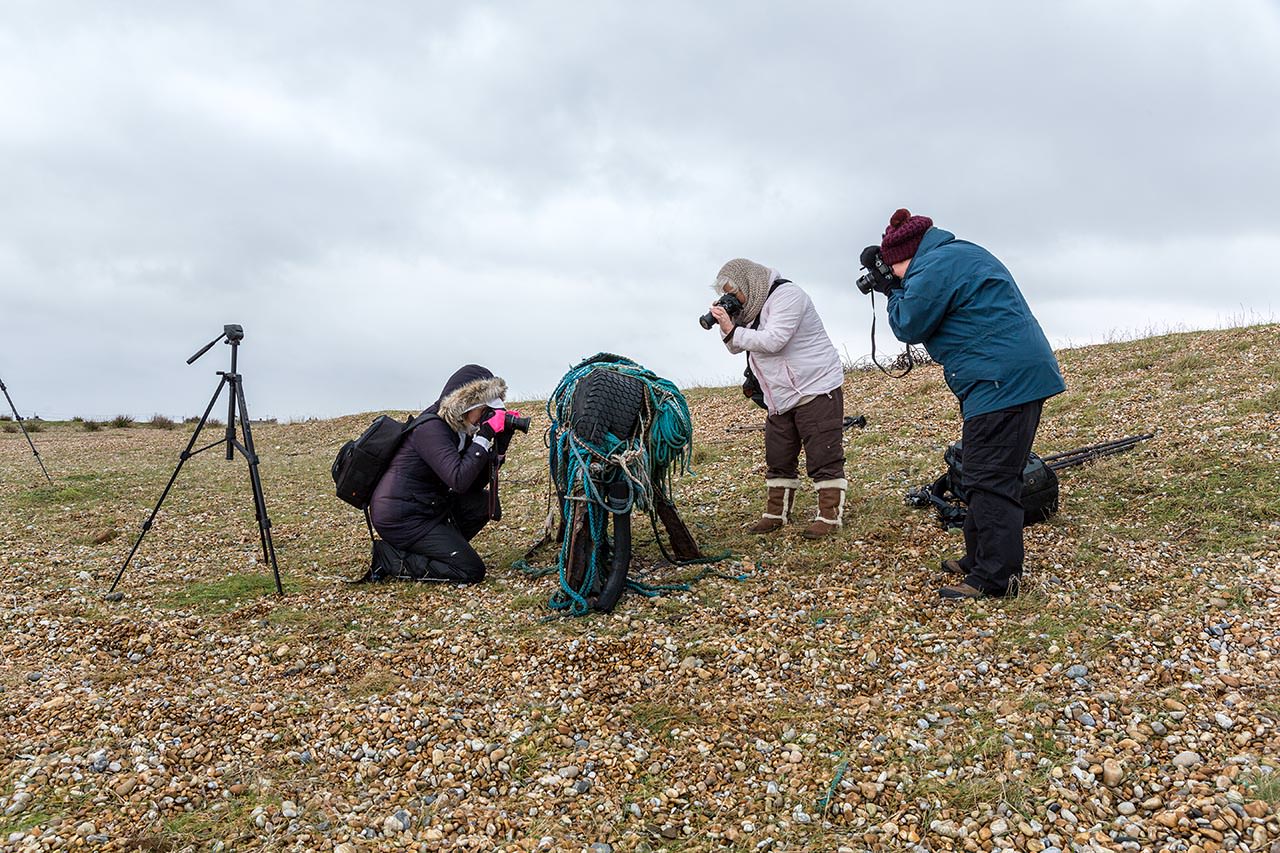
This, as ever, is a personal decision based no doubt on budget, size and weight. But let me try and give some insight into the other factors that should be as much a part of your decision making as price alone.
My view is this; the best tripod you can buy is the one that you are likely to enjoy using and take with you as often as possible. The worst is one that you don’t enjoy using and end up leaving at home, back in the hotel room or not at all because it isnt easy to use.
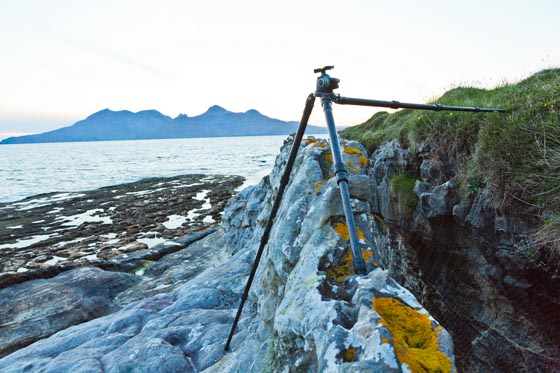
In this shot, right, an idea for a photograph using the ridge of rock as a lead in line towards the island of Rum could only become a reality once I'd found a technical solution to getting a tripod into position. Fortunately, the flexibility of the legs on my Gitzo and the strength from the carbon fibre made this shot possible.
I’ve used a few tripods over the years from the ultra cheap to the eye wateringly expensive. Sadly, it is the latter that is the best. But there is a middle ground and some perfectly good options that wont cost as much, if not more, than the camera did. To put it into perspective remember this; the SLR is about as good as a basic point and shoot camera unless its used in conjunction with a tripod so a tripod is arguably just as valuable to us, photographically, as the camera itself. To find out more about why a tripod is so essential to creative photography, click here.
Filling the foreground with the swirling water meant getting really low and using a slow shutter speed. Getting low handheld was impossible-I'd have had to lie in the river! But set on a tripod meant not only being low but no problem for a long shutter speed. A tripod really is the gateway to creative photography.
The main manufacturers are Manfrotto, Gitzo, (who are owned by the same company), Velbon and Giottos and I’ve owned one from each.
The Velbon was my first. I was a hard up student just getting into landscape photography and I knew I needed one but didn’t know how important it was. I think it cost me about £25 and needless to say it’s probably been recycled by now into tin cans for cat food.
It did the job. Sort of. I mean, all you need is three legs and a way of mounting your camera and you’ve got a stable platform to shoot from, right? Well, yes, and no. The trouble with the cheap ones is a) they are a false economy; mine fell apart within a few months, b) they have really annoying knobs and wheels to turn that are fiddly and completely unintuitive, c) they aren’t made well enough to lock tightly so your camera wobbles around (defeating the point of a tripod) and d) the heads they come with are really poor and again not very stable, which defeats the point of having a tripod.
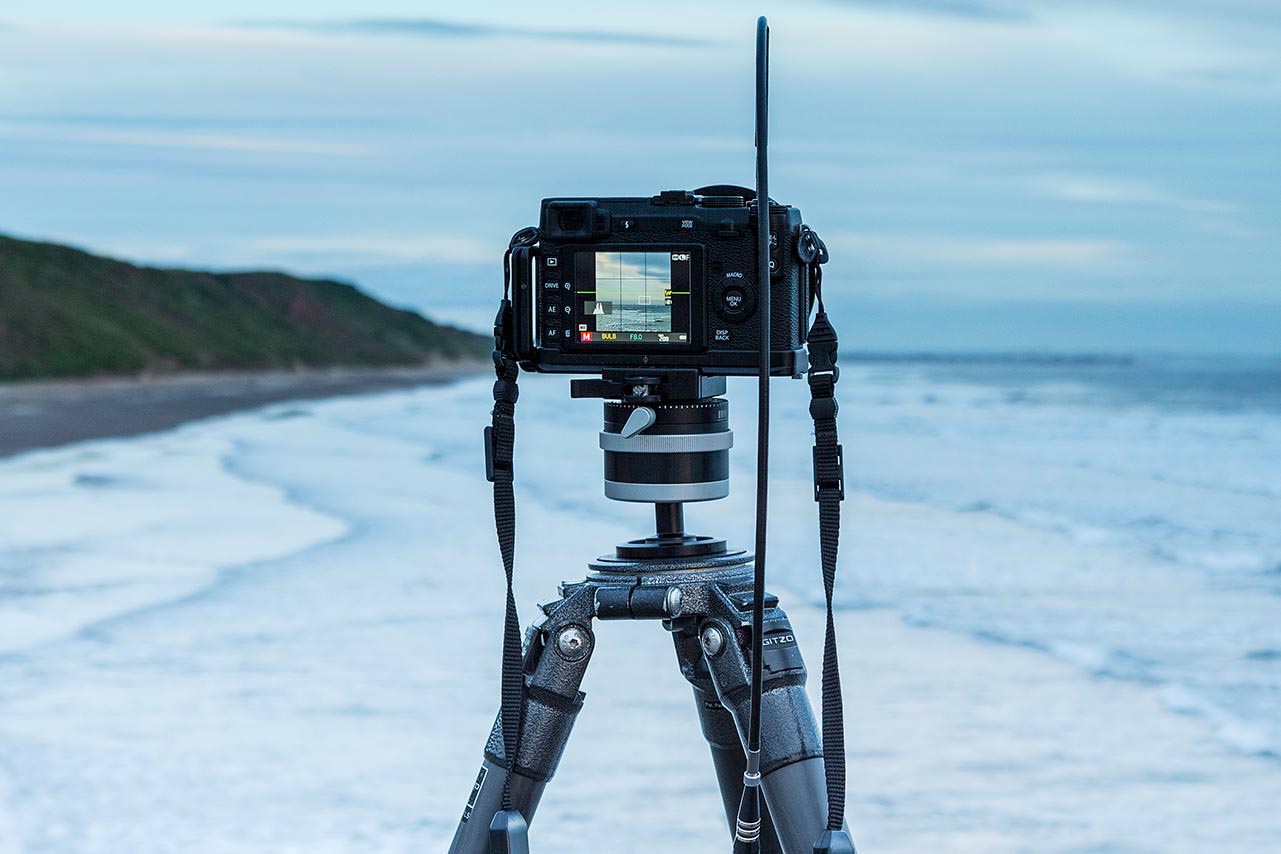
On that note, I would say that the tripod head is as important as the tripod and you can read my article on this subject here.
I've travelled to quite a few places now and it does take a toll on your kit when you use it regularly. A cheap bit of kit wont last and you'll only be frustrated using it before needing to spend again soon to replace it. Buying good quality is hard to argue against as it will last and prove cheaper in the long run. My Gitzo did ten years, which it should, but overall it cost me about £50 per year-the same as a cheap tripod bought annually but it's been an absolute joy to use on the way, which is priceless.
Next I graduated to a Manfrotto (Giottos are a similar brand/quality manufacturer). They wont make my one anymore, but it was about £150 including the basic three way pan and tilt head they do (which is excellent by the way). Whatever is a similar price now will probably be a bit better and lighter I expect.
This was my first real tripod; it was sturdy and durable and I found I could really get stuck into the picture taking process without dealing with frustration at the tripod not quite holding the camera stable or fitting over the rocks I was trying to set my shot up from.
You see, for this money you enter a whole new league of engineering; the legs have much more flexibility and you can pop them right out, often at any angle up to 90 degrees. The build quality is much better and the height of the tripod offered by the extending legs should be at least 140cm. Add on the tripod head and the camera and it’s usually up around eye level for those of average height before you have to think about extending the centre column.
Now that brings me onto that centre column. I really don’t like it. Nearly all tripods have one and the idea is you can crank it up for extra height but here’s the thing; putting it up makes the camera unsteady, it will blow in the wind and ruin any shot with a shutter speed under a 1/30 second, maybe less. The other problem is it limits how low you can drop the tripod; if the column is 40cm, then that’s the lowest you can drop your tripod. Out go super low, close to the foreground shots. Therefore it’s a limit on what you can compose and a technical limitation on your creative vision. So it has to go.
Gitzo offer a tripod with no center column, long 3 or 4 section legs that extend and tighten off with a nice ergonomic rubber flange. Gone are the fiddly catches that snap your fingers when it’s cold, in are the smooth benefits of carbon fibre. O
Gitzo don’t have the monopoly though; nearly all the manufacturers make them but not all carbon fibre tripods are born equal, which I learnt from a cheaper tripod from Giottos.
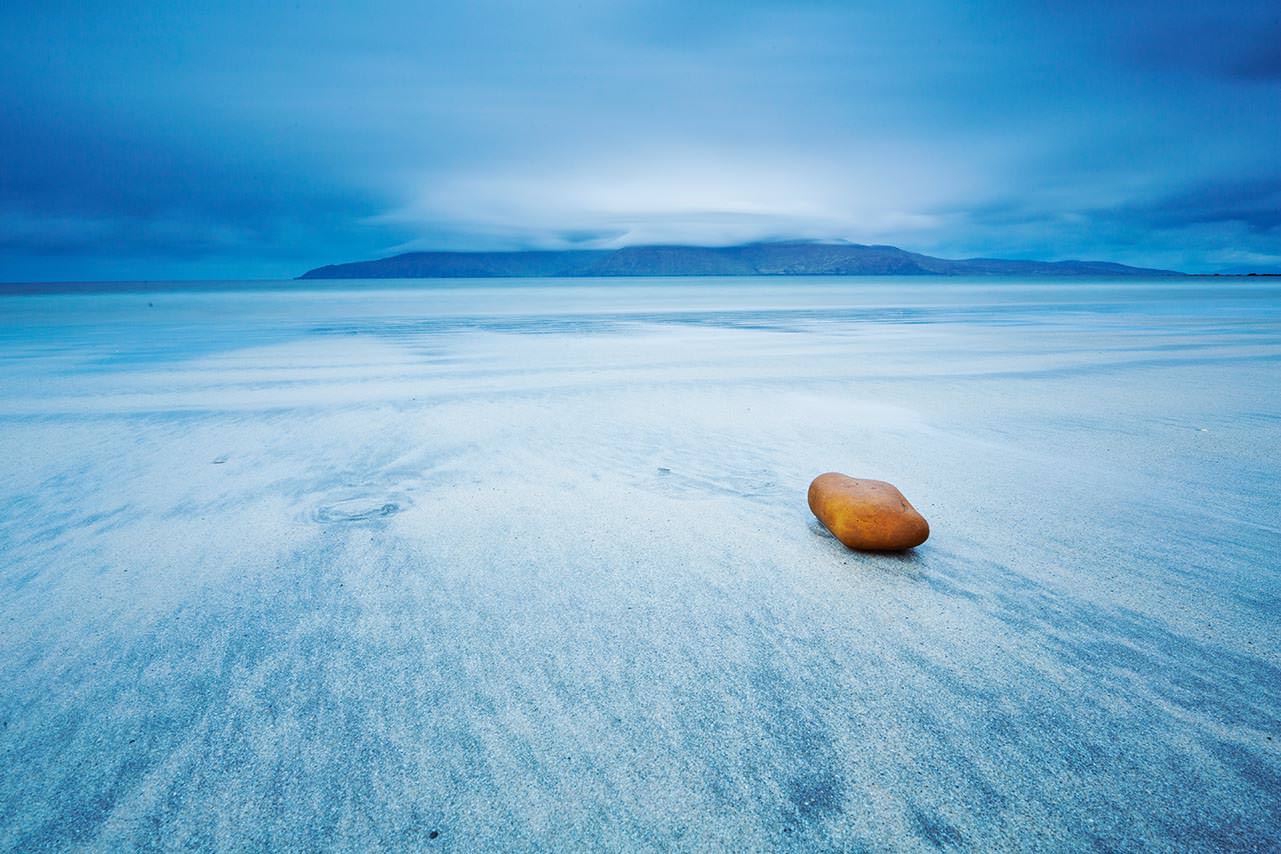
This shot, left, on the Bay of Laig was taken with the tripod completely flat on the ground, all three legs splayed out. With the camera on top of the head it's perhaps 15-20cm above the sand. Having the option to go this low, so the viewer can see and almost feel the fine texture in the sand was vital for the shot to work, otherwise we feel disconnected from the view, too far away to really feel that we are being taken somewhere exciting for a few moments.
The Giottos had clamps for the extending legs and I found it really hard going compared to my Gitzo; the legs work loose and flap around and I’ve crushed my fingers between the leg and the center column more times than I care to remember. Also, the clamps vary in tightness making them hard to open in the cold and painful to use or too loose to hold the legs from sliding back inside the one above. They can be adjusted but it's a pain and another job I could do without. All very annoying when you’re trying to enjoy your hobby/job.
So based on this, what do I recommend?
In my view, the best option is the G Lock style clamps that Gitzo use because they make the tripod legs really fast and easy to extend and retract and they are pain free and easy to use in the cold. You can find them on other makes of tripod too though, just look for the twisting style locks rather than the flip open clamps.
I also prefer tripods without a center column, they are so much more fiddly and uneasy to carry compared to the simple leg only models. In any event, I’d opt for this for the options it gives you for getting super low or close to your subjects.
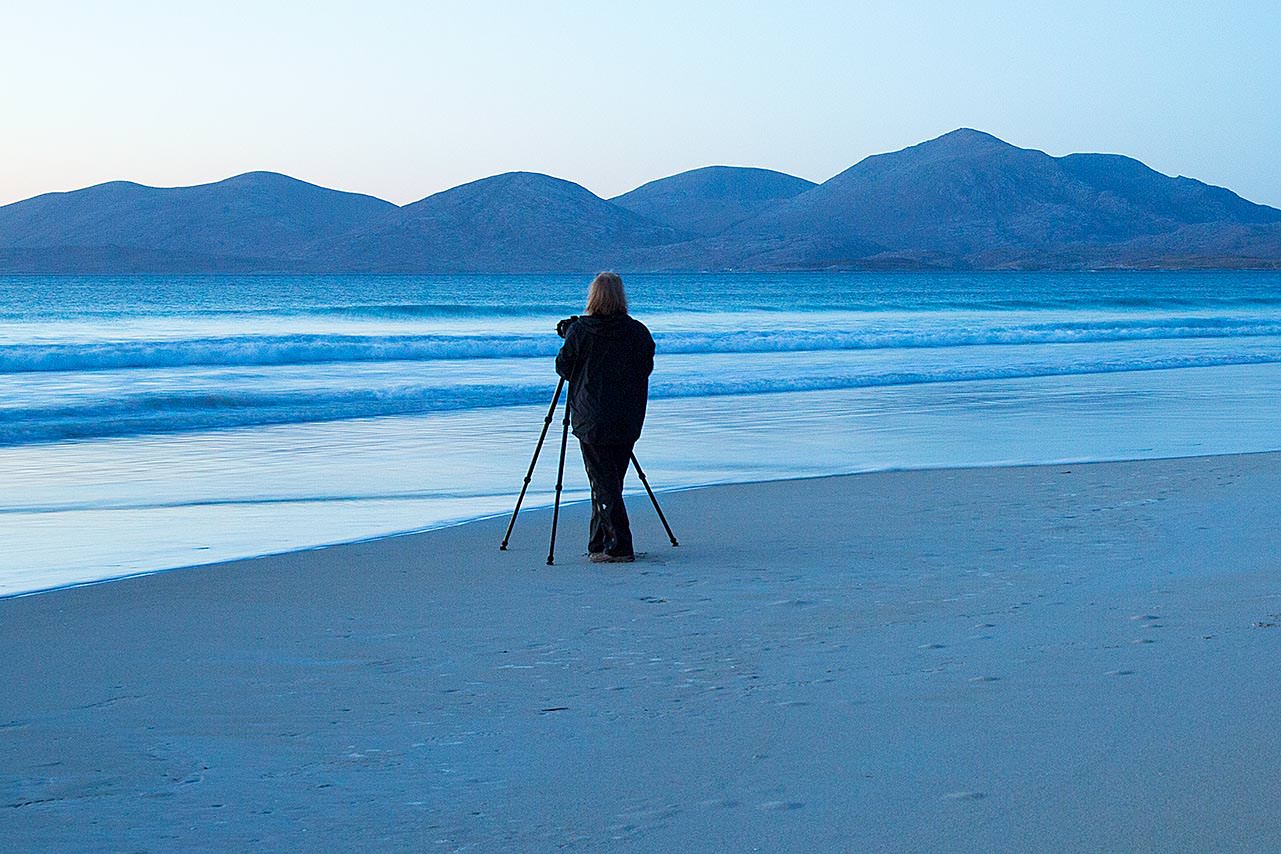
Finally, I think I would go for carbon fibre. I know it costs more but I always try and avoid false economies; cheaper tripods wont last-even the aluminium Manfrottos have got steel parts that have rusted and ceased up. Plus you get more tripod for the same, if not less, weight.
Ultimately, a tripod is the fundamental building block upon which you construct your images and it’s worth making this part of your kit as effective and easy to use as possible. Personally, I find the Gitzo excellent; it’s lasted almost ten years now, been dropped, blown over, bashed and taken my falling weight more times than I care to remember. Coupled with a Really Right Stuff head it's been a fantastic combination.
Even after I’ve spent days shooting in sea water a good clean (which is easy with so few parts) has kept it going well.
When all is said and done, whatever you buy, make it as much a tripod for life as possible and one you enjoy the feel and handling of. And don’t skimp on the head! For the lowdown on the tripod heads to consider, click here.
